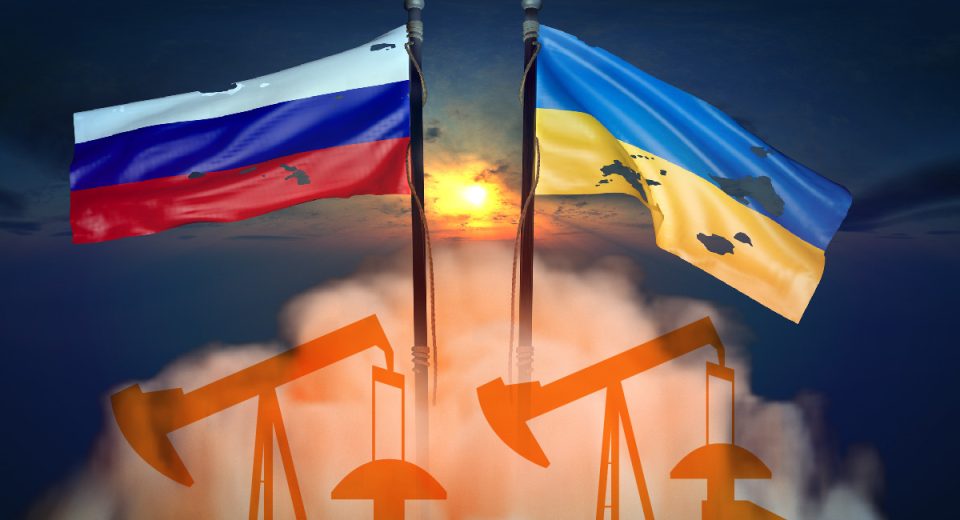The Indian rupee has gained prominence over the years. As of September 2023, more than 22 countries had agreed to conduct international trade with India using rupees instead of the US dollar. Wondering whether to add Indian rupees to your trading portfolio? Read on to know more about the INR/USD and what moves this forex pair.
Why Trade INR/USD?
This is an exotic pair. There are many benefits to trading exotic pairs:
- The Indian economy has maintained steady growth, lending support to its currency.
- There is adequate volatility in the INR/USD, which generates plenty of trading opportunities.
- Exotic currency pairs have fewer market forces acting upon them, making them more straight-forward to analyse than major or minor pairs.
- Exotic pairs offer unique portfolio diversification opportunities.
Economic Data to Watch When Trading INR/USD
Here are the most important data releases that move the INR/USD forex pair:
Gross Domestic Product
The GDP of a nation is an indicator of the overall health of the economy, which translates directly into investment opportunities. Although GDP is a lagging indicator, there are several consensus reports that precede it, which are used to make trading decisions. Remain in touch with these updates to make trading decisions, as these move markets well before the GDP figures are officially released. When the GDP is finally out, if it is significantly different from expectations, it can still move the markets. Higher-than-expected GDP growth lifts the currency, while a disappointing report weighs it down.
Despite multiple global bodies raising the GDP forecast for 2024 for India, the rupee declined 0.54% against the US dollar from January through September 2023. This is because a positive GDP expectation is not the only factor impacting the currency markets.
When trading the INR/USD forex pair, bear in mind that the GDP growth rate of India is typically higher than that of the US. This is because India is a developing nation. A GDP growth rate of 7% and above is considered good for India. Even if the US reports GDP growth of 2%, investors will be thrilled.
US Non-Farm Payroll (NFP)
NFP is the most significant data release that moves markets across the globe. It gives insights into the employment numbers of non-farming sectors in the US. The NFP explains where the nation is in the business cycle, and is released every month. Historically, it has exhibited a close correlation with GDP. It is so important that maximising employment in the US is one of the Fed’s three monetary objectives.
A better-than-expected NFP headline figure indicates higher economic activity and GDP growth, which draws more investments to the nation and lends support to the US dollar. A weak NFP report exerts pressure on the greenback and would lift the INR/USD forex pair.
Interest Rate Differential Between the US and India
Central banks adjust their benchmark interest rates to control inflation in the country. This is because interest rates have an impact on the cost and availability of capital for businesses and individuals seeking loans. Banks hike interest rates to cool inflation and reduce them to stimulate economic growth.
The interest rate differential (IRD) is the key metric used to evaluate the attractiveness and profitability of investing in one currency versus another. When the Fed increases interest rates, it encourages more investors to purchase the US dollar and invest in the country. This increases the demand for the US dollar and leads to appreciation versus other currencies. When interest rates are reduced, investors pull out their investments from the country.
For instance, the US Fed increased interest rates to curtail inflation from March 2022 to August 2023, making the greenback the choicest currency for cross-border investors. In 2022 alone, the US dollar appreciated by around 12% versus a basket of major currencies.
Traders stay in touch with announcements from central bank policymakers to adjust their trading strategies. CFDs allow traders to speculate in both rising and falling markets. Whether the INR/USD forex pair rises or declines, traders can take advantage of the move.
Inflation Rate in Both Nations
Inflation reduces the purchasing power of a currency. So, when inflation is high, it makes a currency weaker and negatively impacts the exchange rate. When inflation is low, it makes a currency is stronger, boosting its exchange rate.
It is important to understand that inflation rates in developing nations tend to be higher than in developed countries. An inflation rate of 3% or 4% is considered good for India, while the US targets to keep inflation below 2%.
Balance of Trade
When a nation spends more on imports than on exports, it results in a trade deficit. Conversely, when exports are more than imports, there is a trade surplus. When exports grow, it increases demand for the country’s currency. When imports rise, the currency weakens in the forex market.
For developing nations like India, it impacts the forex exchange reserves, which is vital for economic growth. On the other hand, the US dollar is the ultimate currency used across the globe for international trade, which is why its demand is not as deeply impacted by the domestic trade deficit as the Indian rupee.
Other Markets to Watch
Some markets have an outsized impact on the INR/USD. For instance, an increase in oil prices has a negative impact on the forex pair. This is because India is the world’s third-largest oil importer. It imports around 84% of its crude oil needs.
When oil prices rise significantly, it has a negative impact on the country’s foreign exchange reserves and hurts market sentiment for the rupee. Also, India purchases most of its oil in US dollars. This increases demand for the greenback, exerting further pressure on the INR/USD. Similarly, any rise in prices in the commodities market could have a negative impact on the INR/USD.
The gold rate is closely monitored by millions of Indians, as the country is among the world’s largest consumers of the yellow metal. Any rise in gold prices in the global markets hurts the rupee.
To Sum Up
- INR/USD is an exotic currency pair, offering traders attractive opportunities.
- The most important economic data impacting the INR/USD forex pair are GDP growth, interest rates, inflation rates, and balance of trade.
- The US non-farm payrolls report also has a significant impact on the INR/USD forex pair.
- Trends in the prices of oil, gold and commodities also cause fluctuations in the INR/USD.
Disclaimer:
All data, information and materials are published and provided “as is” solely for informational purposes only, and is not intended nor should be considered, in any way, as investment advice, recommendations, and/or suggestions for performing any actions with financial instruments. The information and opinions presented do not take into account any particular individual’s investment objectives, financial situation or needs, and hence does not constitute as an advice or a recommendation with respect to any investment product. All investors should seek advice from certified financial advisors based on their unique situation before making any investment decisions in accordance to their personal risk appetite. Blackwell Global endeavours to ensure that the information provided is complete and correct, but make no representation as to the actuality, accuracy or completeness of the information. Information, data and opinions may change without notice and Blackwell Global is not obliged to update on the changes. The opinions and views expressed are solely those of the authors and analysts and do not necessarily represent that of Blackwell Global or its management, shareholders, and affiliates. Any projections or views of the market provided may not prove to be accurate. Past performance is not necessarily an indicative of future performance. Blackwell Global assumes no liability for any loss arising directly or indirectly from use of or reliance on such information herein contained. Reproduction of this information, in whole or in part, is not permitted.





